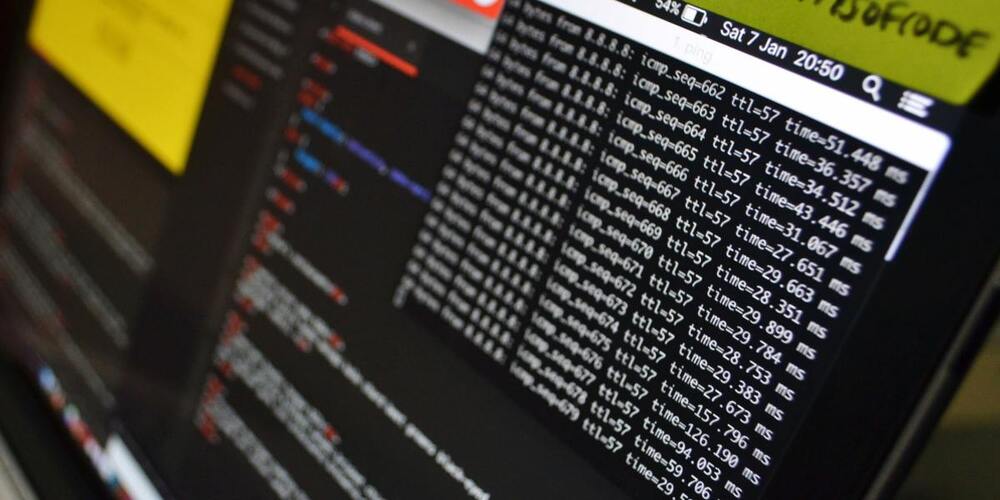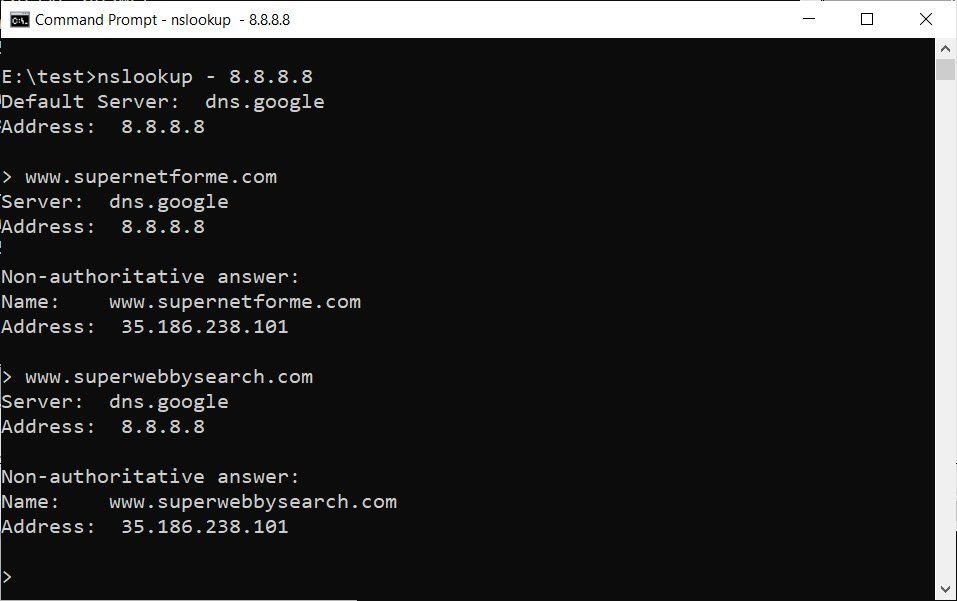Ethical hacker Alex Birsan developed a way to inject malicious code into open-source developer tools to exploit dependencies in organizations internal applications.


“A hacker, who authorities believe to be the same one from the initial breach, took control of the computer and changed the acceptable level of sodium hydroxide — better known as lye, the main ingredient in many household drain cleaners — from 100 parts per million to 11100 parts per million. A water plant operator noticed immediately and corrected the change, Gualtieri said, adding that if the operator had missed it and the change didn’t trigger some of the plant’s alarms, the lye could have seeped into the water supply in 24 to 36 hours.”
A hacker broke into a Florida water treatment plant and ordered it to increase the amount of lye to extremely dangerous levels, officials said.
Human-Autonomy Interaction, Collaboration and Trust — Dr. Julie Marble, JHU Applied Physics Laboratory (APL)
Dr. Julie Marble is a senior scientist at the Johns Hopkins University Applied Physics Laboratory (JHUAPL) leading research in human-autonomy interaction, collaboration and trust.
Dr. Marble earned her PhD in Human Factors/Cognitive Psychology from Purdue University. After graduating from Purdue University, she joined the Idaho National Laboratory (INL), one of the national laboratories of the United States Department of Energy involved in nuclear research, first in the Human Factors group and then the Human and Robotic Systems group.
Following INL, she joined Sentient Corporation, where as CEO she led a DARPA Broad Agency Announcement BAA on Neuro-Technology for Intelligence Analysts and led research on to develop an intelligent decision aid to perform just-in-time maintenance on Navy helicopters.
Dr. Marble then worked as a Senior Scientist at the US Nuclear Regulatory Commission leading international and US studies on Human-Reliability Analysis methods in this vital domain and related to this, she is internationally recognized for her work, and is co-author of the SPAR-H method (Standardized Plant Analysis Risk Human Reliability Analysis), the most commonly used method of human reliability analysis in the US. She is also co-developer of the Cultural Affective Model, which integrates cultural impacts into human reliability in order to predict operator behavior.

After three months of reviewing more than 13000 hours of hacking exploits conducted by more than 580 cybersecurity researchers, DARPA today announced that its Finding Exploits to Thwart Tampering (FETT) Bug Bounty successfully proved the value of the secure hardware architectures developed under its System Security Integration Through Hardware and Firmware (SSITH) program while pinpointing critical areas to further harden defenses.

Kindly see my latest FORBES article: Thanks for reading and sharing and stay safe!
#cybersecurity #internetofthings
By 2025, it is expected that there will be more than 30 billion IoT connections, almost 4 IoT devices per person on average and that also amounts to trillions of sensors connecting and interacting on these devices.

In December 2018, researchers at Google detected a group of hackers with their sights set on Microsoft’s Internet Explorer. Even though new development was shut down two years earlier, it’s such a common browser that if you can find a way to hack it, you’ve got a potential open door to billions of computers.




The domain name perl.com was stolen this week and is now points to an IP address associated with malware campaigns.